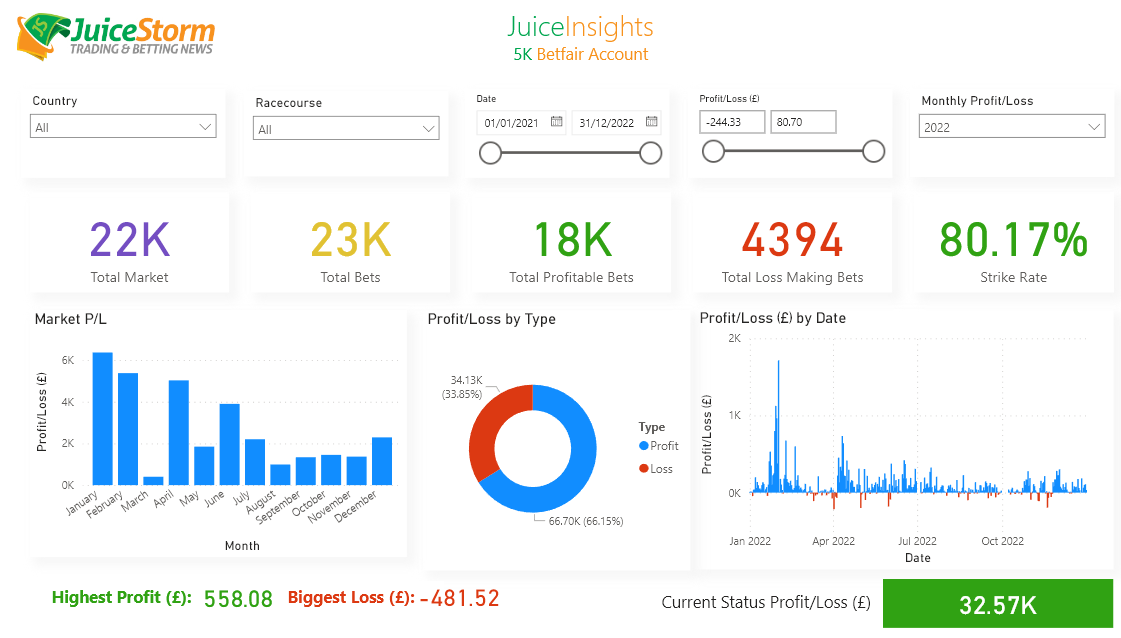Digitex Futures Liquidation Engine and Insurance Fund
We have on board your suggestions and ideas!
After taking on board your suggestions and ideas, we have finalized how the Digitex Futures Liquidation Engine and Insurance Fund will work on the exchange. Many thanks to the community for your feedback and for helping us to solidify this crucial element of the exchange.
Liquidation Engine and Insurance Fund
The Liquidation Engine of the Digitex Futures exchange takes over and liquidates the positions of traders whose account balances have dropped below the required Maintenance Margin amount needed to maintain their open position.
However, the exchange stops out the trader at the bankruptcy price as if he or she lost the entire Initial Margin posted to open the position. This way, it is possible that the exchange obtains a better price. All additional funds made in this situation are deposited into an Insurance Fund. Any losses suffered by the exchange when a trader loses more than their account balance are covered by the same Insurance Fund.
Liquidation Engine Key Points
- Traders on the Digitex Futures exchange must have sufficient Initial Margin in their trading account to open a futures position.
- After opening a futures position, a trader must have sufficient Maintenance Margin in their trading account to keep that position open.
- The Maintenance Margin required to maintain an open position is 50% of the Initial Margin the trader posted to open that position.
- If the trader’s account balance falls below the Maintenance Margin requirement to maintain the current open position, the system will cancel the unmatched orders on that market to free up the margin requirements of those unmatched orders. If after doing this, the account balance is still below the required Maintenance Margin, the system will take over the trader’s position and liquidate it.
- After assuming a trader’s open futures position, the system will attempt to immediately close that position by submitting a buy or sell order at the bankruptcy price.
- The bankruptcy price is the price at which the trader will lose the entire Initial Margin amount posted to open the position.
- For Long positions, the bankruptcy price is calculated by subtracting the Initial Margin requirement from the trader’s entry price. For Short positions, the bankruptcy price is calculated by adding the Initial Margin requirement to the trader’s entry price.
- After assuming a trader’s position, if the system is able to liquidate that position at a better price than bankruptcy price, the additional funds are placed into the Insurance Fund.
- Example trade: Bob places a limit order to buy 1 BTC/USD futures contract at 10,000 at 100x leverage which requires Initial Margin of 100 DGTX. He has exactly 100 DGTX in his trading account and shortly after placing it, his buy order is filled. His Maintenance Margin requirement is therefore 50 DGTX, which means his account balance must have at least 50 DGTX in it to maintain this open Long position. If the price drops below 9,950, his account balance falls below 50 DGTX and the system will take over his position and submit a sell order at the bankruptcy price of 9,900 (Entry Price – Initial Margin).
- In the above example, if the system submits a sell order at 9,900 when the last traded price is currently 9,950, it is possible that the position will be closed at a better price than 9,900. If the position is liquidated at 9,940, then 40 DGTX will be added to the Insurance Fund.
- This effectively means that traders who allow their position to be force liquidated by the exchange by allowing their account balance to go below the required Maintenance Margin level will always lose the full Initial Margin amount they posted to open that position, even if the position is closed at a better price than bankruptcy price. Any additional funds that are made by getting a better price than bankruptcy price are added to the Insurance Fund and not to the trader’s account. This will incentivize traders to avoid forced liquidations which are a risk vector for the exchange.
- The profits made by the Liquidation Engine typically come from high risk, highly leveraged traders who accept that forcing the exchange to take over their position may result in bigger losses than if they managed their position more responsibly. Therefore, it is very possible for traders to avoid any contact with the Liquidation Engine if they wish.
- This liquidation system is very similar to how BitMEX takes over and liquidates bankrupt traders’ positions. Note here how consistently their Insurance Fund balance increases with virtually no daily drawdowns of any significance over a period of years, even during periods of high volatility.
- The BitMEX Insurance Fund balance has increased 99 days out of the last 100 days and this is typical performance going back for years.





